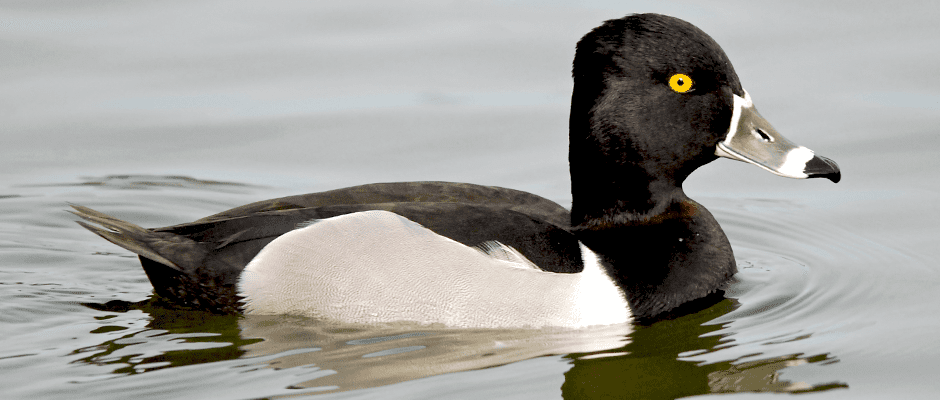Share this article
JWM study: Contaminated game raises health concerns for hunters
When you buy meat in the supermarket, it’s been subjected to safety testing before being packaged and stacked in the refrigerator case. But hunters who eat game meat may be at risk of consuming untested environmental contaminants — sometimes at levels considered harmful to human health over time — especially when they hunt near contaminated areas.
A recent study available on early view in the Journal of Wildlife Management found the levels usually weren’t high, but they did reach concerning levels in some migratory waterfowl, raising concerns for hunters, their families and recipients of donated game meat.
“So far these results have not deterred me from hunting or consuming game,” said TWS member Ricki Oldenkamp, a lab assistant at the Michigan Department of Natural Resources’ Wildlife Disease Lab who completed the study as part of her master’s thesis at the University of Georgia. “However, I look forward to seeing more research into contaminant levels in a food source considered natural and clean by many.”
The researchers from the University of Georgia’s Savannah River Ecology Laboratory studied liver and muscle tissue samples from wild pigs (Sus scrofa), gray squirrels (Sciurus carolinensis) and waterfowl at the Savannah River Site in South Carolina.
A former nuclear production and research facility in South Carolina’s coastal plain, the site includes decommissioned reactors, radioactive material processing facilities and retired coal power plants that have polluted some water systems within the SRS. Other parts of the 800-square-kilometer site are relatively unpolluted, however.
Looking at mercury, selenium and arsenic — trace elements found in coal waste — and radiocesium, a product of nuclear activities, researchers wanted to compare what they found at both polluted and unpolluted locations between 2012 and 2015.
Many of the animals they tested near coal waste and nuclear sites where known inputs of radiocesium have occurred had detectable levels of contaminants.
“I have a personal interest in this research,” said TWS member Jim Beasley, a lifelong hunter and assistant professor of wildlife ecology at the University of Georgia who served as Oldenkamp’s advisor.
Levels were generally lower in squirrels than in wild pigs, which are more likely to contact contaminated soils when they forage, but they were highest among migratory waterfowl, particularly diving ducks, which may pick up contaminants from hundreds or thousands of miles away.
“Unfortunately,” Oldenkamp said, “we don’t know the history of the exposure for these birds. We don’t know where they stopped on their migratory journeys.”
While most samples were within ranges considered safe, researchers found that samples from some individuals collected at the site’s coal ash basin revealed selenium at concentrations considered potentially toxic to waterfowl.
Average mercury levels in diving ducks suggest a limit of two means per months, Oldenkamp said, and only one for children, before excceding EPA suggested mercury limits.”
“This research doesn’t necessarily suggest that waterfowl are dangerous to eat,” Beasley said. “It suggests that in some cases waterfowl have measurable levels of contaminants and it would be very worthwhile for us to see what those levels look like across a larger sample size across the United States, and also across different species.”
The researchers encouraged voluntary programs that would allow hunters to test game harvested near areas that may be polluted.
Food risks are usually based on the consumption of an individual species usually fish, the researchers noted, but hunters may eat a variety of game. They suggested future studies consider the possible impacts of eating multiple species and of the risks from eating waterfowl affected by contaminants elsewhere in their migration.
“There are some waterfowl species that have been declining,” Beasley said. “It’s not simply a human consumption question. It’s also an issue of the health of the wildlife — making sure that these animals have levels of contaminants that are safe for them as well.”
To view the article, members can log in to Your Membership, click on “Publications,” and then “Journal of Wildlife Management.”
Header Image: Researchers found wild game harvested in contaminated areas may contain elevated levels of toxins. The findings were especially true for waterfowl, including American cootsring-necked ducks (Aythya collaris). ©Carol Foil








